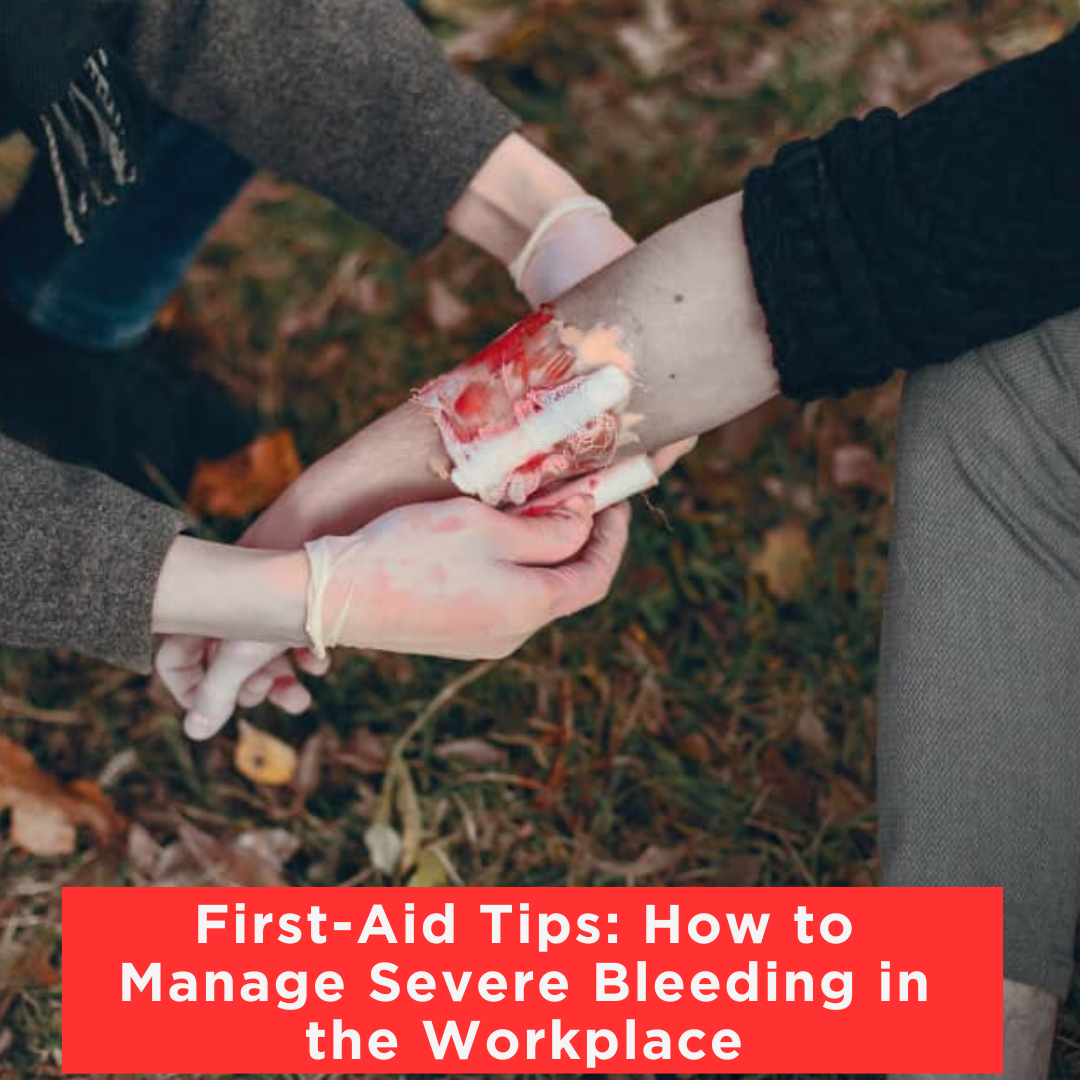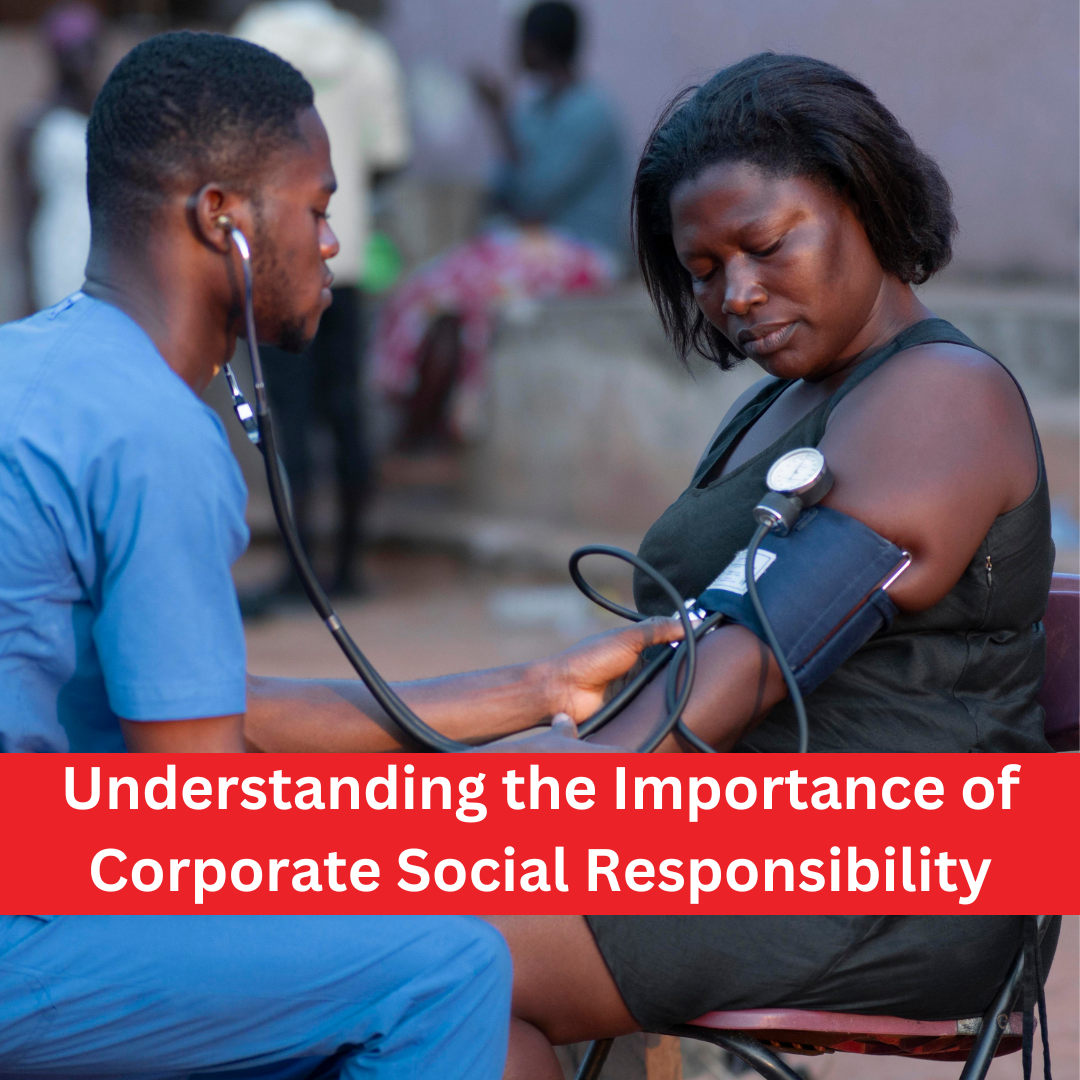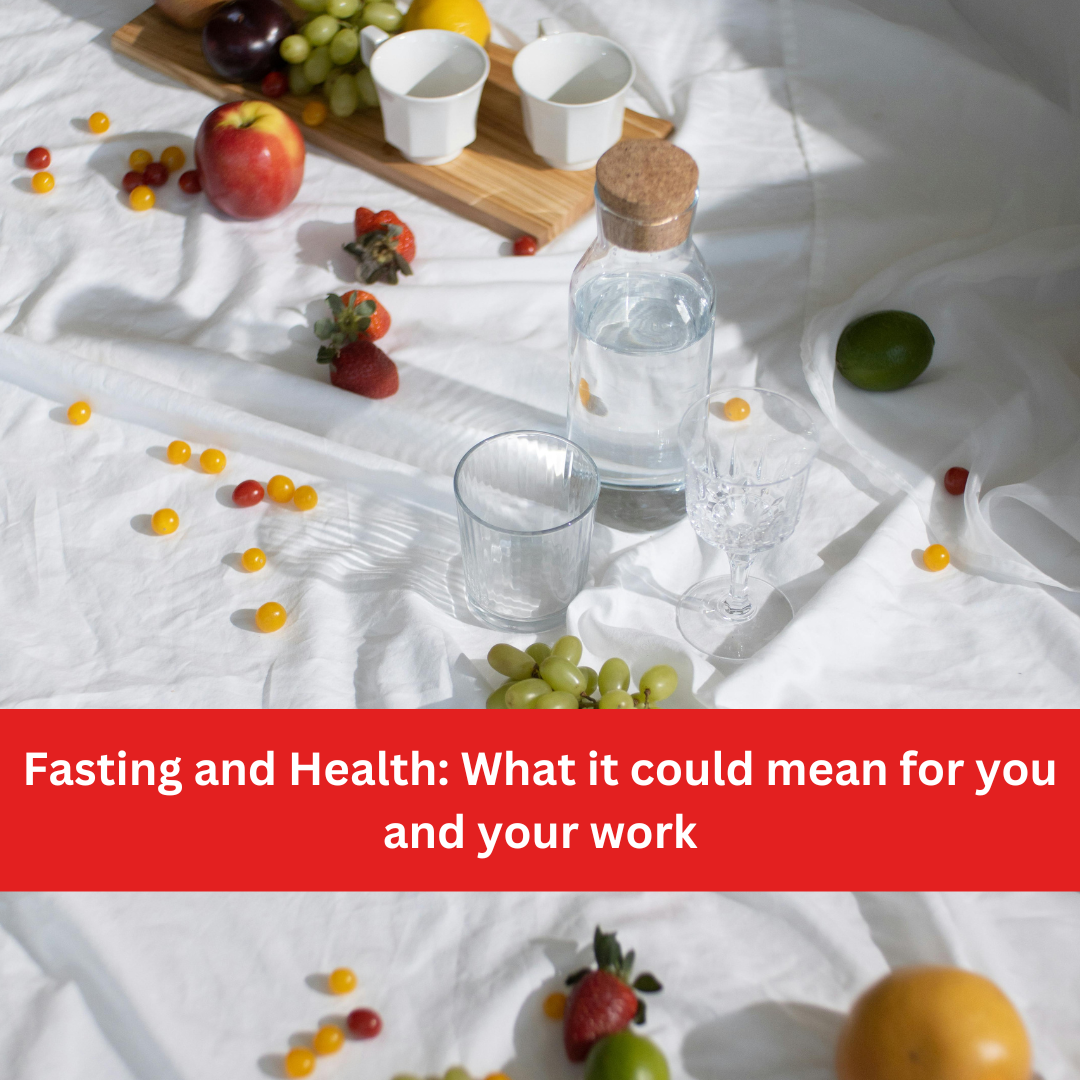Managing a critical injury of an employee in the workplace can be a complex situation, especially if the accident involves significant blood loss. As a workplace first-aid responder, it’s crucial to take the necessary actions to stop serious bleeding as quickly and safely as possible. Knowing how to stop bleeding on the spot in the workplace can make a significant difference in saving an injured employee’s life. If there is severe blood loss, the victim may require rapid emergency care, as acute blood loss can shock a person and even lead to loss of life. Minor bruises and cuts may require first aid to stop the bleeding, while serious injuries may require medical attention.
To stop bleeding in the workplace, here are some first-aid recommendations to help with minor to severe bleeding before a medical professional arrives:
Clean the wound: If clothing is covering the bleeding area, remove it and clean the cut. Clean the wound with an antiseptic while wearing disposable gloves to prevent contamination. If gloves are unavailable, wash your hands thoroughly before touching the wound.
Ensure the injured person is in a safe position: First, make sure that the injured person is in a safe position, then apply pressure to the affected area with a swab or a clean cloth. Since blood loss might cause shivering due to a reduction in body temperature, the wounded should be placed in a lying position and covered with a mat or blanket. The first-aid provider must calmly assure the person not to panic to avoid further damage.
Place a sterile bandage on the wound to control bleeding: Constant but gentle pressure on the cut will help bring the bleeding down. If a clot has formed, do not disrupt it by probing or squeezing it; instead, add more pressure to the area. As the clotting process begins, it stops the blood flow. However, when blood is flowing out of the cut, the coagulation process cannot begin; hence, you have to stop the flow by applying pressure to the cut. The use of gauze pads allows the blood to stay on the cut, enabling the blood components to bind together and start the clotting process. If you have a thick bandage or clean cloth to maintain pressure on the cut in the workplace, tie it around the affected area.
However, putting pressure on the wound depends largely on the affected body part. For instance, if the cut is near the eye region, pressure cannot be applied, and an immediate call for help is necessary. Before applying pressure, check whether any foreign particles are present in the wound.
Call for medical help: It’s crucial to call for emergency medical services as soon as possible. If the bleeding doesn’t stop after 15 minutes, seek medical help immediately. If blood leaks through the initial gauze or bandage, do not attempt to remove it; instead, lay another one directly on top of it by pressing hard.
By following these simple first-aid guidelines, you can help manage severe bleeding in the workplace quickly and safely. Having an efficient first-aid response plan for severe bleeding in the workplace is essential for both a healthy and happy work environment.
Creating a safe work environment for your employees should be the primary focus of employers, HR managers, and HSE authorities. Our comprehensive first-aid response training provides personnel with the knowledge they need to handle minor and severe bleeding incidents. Medbury Healthcare also provides ambulance services to assist and protect your employees in the event of an emergency.
Contact us today!







No Comments